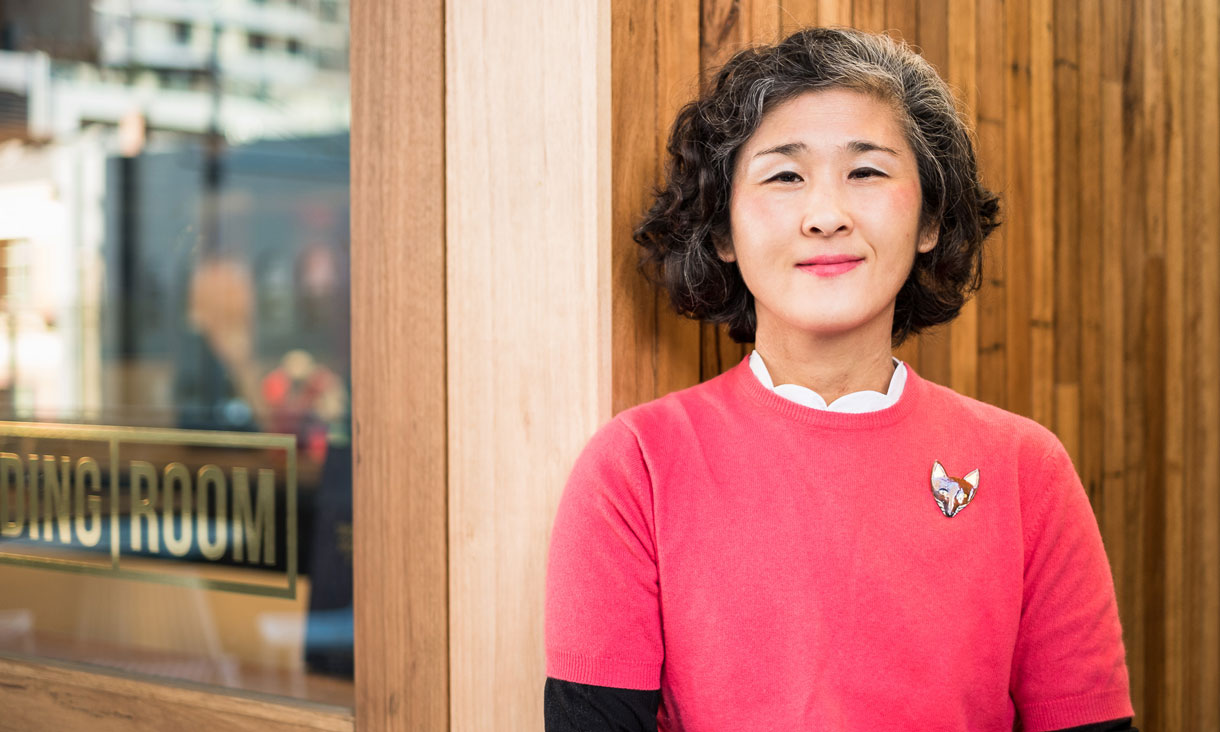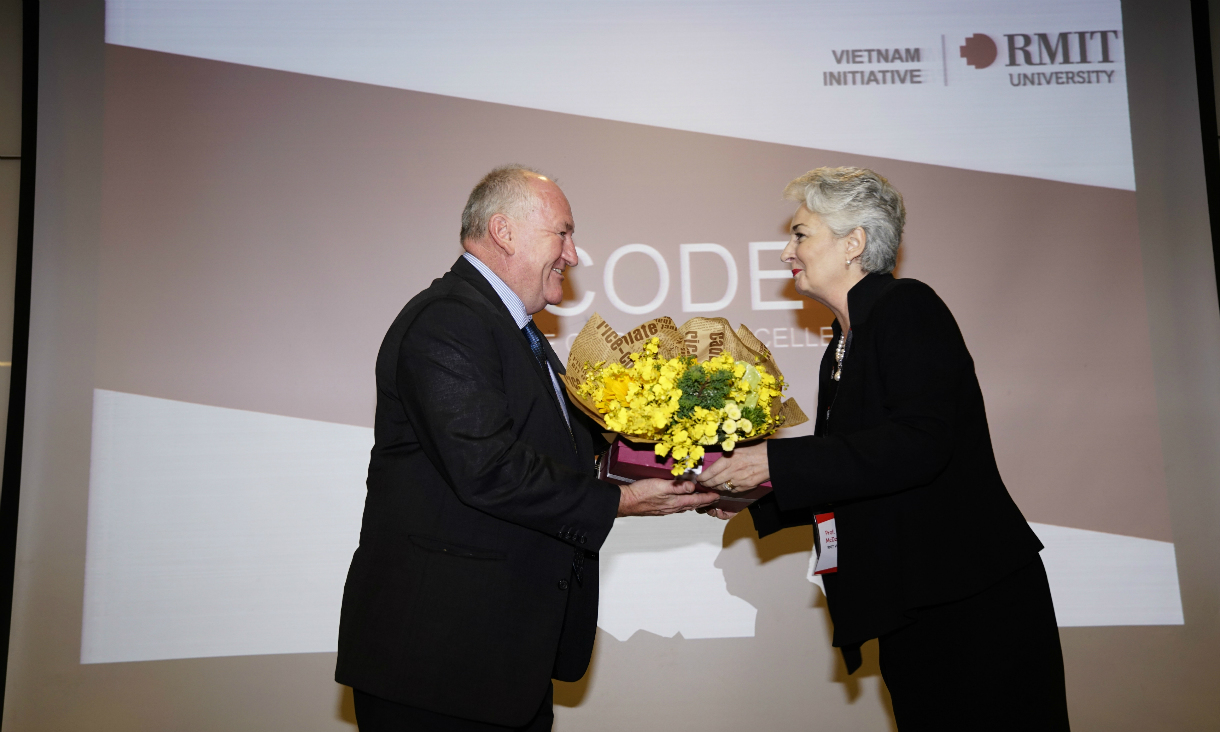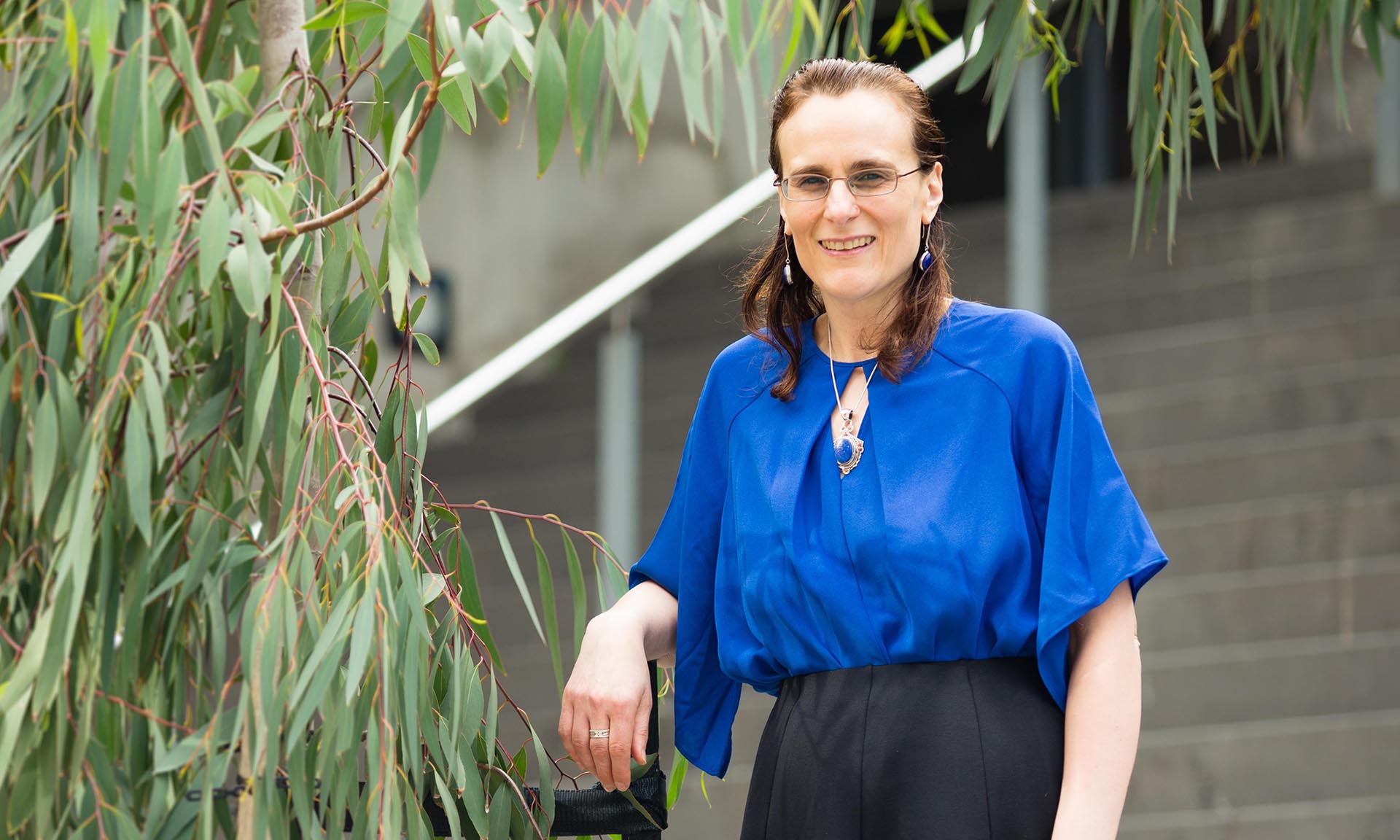Akama is an award-winning design researcher who delivers the Service Design for Communication Designers course as part of the Master of Design Futures.
Service design is a relatively new dimension of design thinking, emerging in the early 2000s.
It is made up of various disciplines such as ethnography, consumer research, interaction, product, industrial, communication design and service marketing and corporate strategy. It has also been influenced by technology’s ability to transform services whilst also allowing people to co-create.
As Akama explains, service design enables people to take part in and address issues in order to shape their own futures in a collaborative collective way.
What is service design and design strategy innovation, and what do they mean to you?
The most common way service design and strategic design is used ranges from customer experience, service interaction, organisational transformation, and interventions in ecosystems and social issues.
When we realise how everything is interrelated, it means design needs to be located across different layers, domains and dimensions, rather than be nested within one.
For me, designing in such contexts is about attempting to keep all of this complexity in view, but also being aware that you are also shaped by this complexity while travelling with everyone.
What interests you about the recent explosion of service design?
There is a healthy appetite and respect for research in the professional domain of service design and strategic design.
I am glad to see how it has transitioned over the last 15 years, shaped by strong currents in design anthropology and participatory design, to move beyond toolkits, method-centric skills and "ethnography-lite" research to understand the deeper, broader and long-term impact of design interventions.
This means the field and profession is maturing, and in turn, demanding different capacity in a designer.
"Facilitation and co-designing are becoming the norm for many service or strategic designers today." Associate Professor Yoko Akama.
What opportunities to innovate are there in this space?
There are a lot of opportunities in enabling awareness and understanding about complexity.
Rather than the 20th century paradigm of design-as-problem solving, there is a demand and recognition to expand understanding of how problems are framed, culturally, politically and with nuanced sensitivity.
Sometimes these are hard to see, because our views are always partial.
Design can act as a catalyst to enable invisible things to be made visible, including hidden agendas. Design’s lineage of making can also provide footholds to imagine abstract things that may not yet exist more vibrantly or with rigour.
Such capabilities for articulation is in demand because it leads to greater awareness of complexity. I think this can enable all to engage in change-making more mindfully.
What are organisations and companies looking for in strategic designers?
Rather than assuming that innovation and newness is necessarily "good", companies and organisations are seeking ways to contribute meaningfully to social and ecological wellbeing as part of their sustainable business practice.
This reflects the political, social awareness and concerns of colonialism, globalisation and climate change.
Facilitation and co-designing are becoming the norm for many service or strategic designers today, which indicate the increasing attention given to the ways a variety of people are considered and involved in change-making.
This also means that our design graduates are not hired just to get an edge over new products and services into an overcrowded marketplace, but to manifest their ability in enabling awareness and understanding about complexity.





